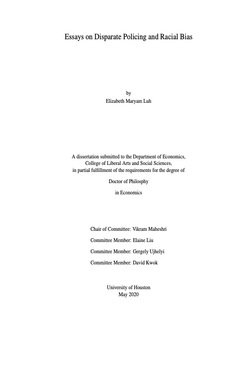By The Leadership Conference Education Fund, et al.
In 2021, The Leadership Conference Education Fund (The Education Fund), in partnership with the City of Dallas Office of Community Police Oversight (OCPO), released a report on misdemeanor arrests by the Dallas Police Department (DPD) titled “Public Safety in Dallas: An Analysis of Racial Disparities in Low-Level Arrests.”1 That report highlighted the disproportionate enforcement of misdemeanor offenses on Black and Brown residents. Since the publication of that report, there have been encouraging steps taken by DPD to decriminalize misdemeanor marijuana possession based on the report’s recommendation on low-level misdemeanor enforcement.2 As of April 2021, DPD introduced a change to their internal General Orders, 313.05, which states that given the right conditions (which include no intent to distribute, no companion charges besides a warrant hold, or there is a companion felony drug charge)3 DPD should no longer arrest or cite an individual with possession of marijuana indicative of personal use, which is considered 2 ounces or less. As a follow-up to the initial report, The Education Fund has once again partnered with a group of engaged advocates in Dallas to develop this report. This new publication reviews arrest data from 2018 through 2022 and provides an analysis of the impact of DPD’s instituted general order, which discontinues most arrests of marijuana possession of 2 ounces or less. Like the first report, this one also provides an analysis of other misdemeanor arrests to identify opportunities to minimize police interaction for misdemeanor nonviolent offenses, continue decriminalization of misdemeanor offenses, and eliminate disproportionate police arrests of residents of color by the Dallas Police Department. These insights are useful in order to adjust laws, practices, and procedures to align with a more fair and equitable public safety system in Dallas.
Dallas: Office of Community Police Oversight, 2023. 40p.






